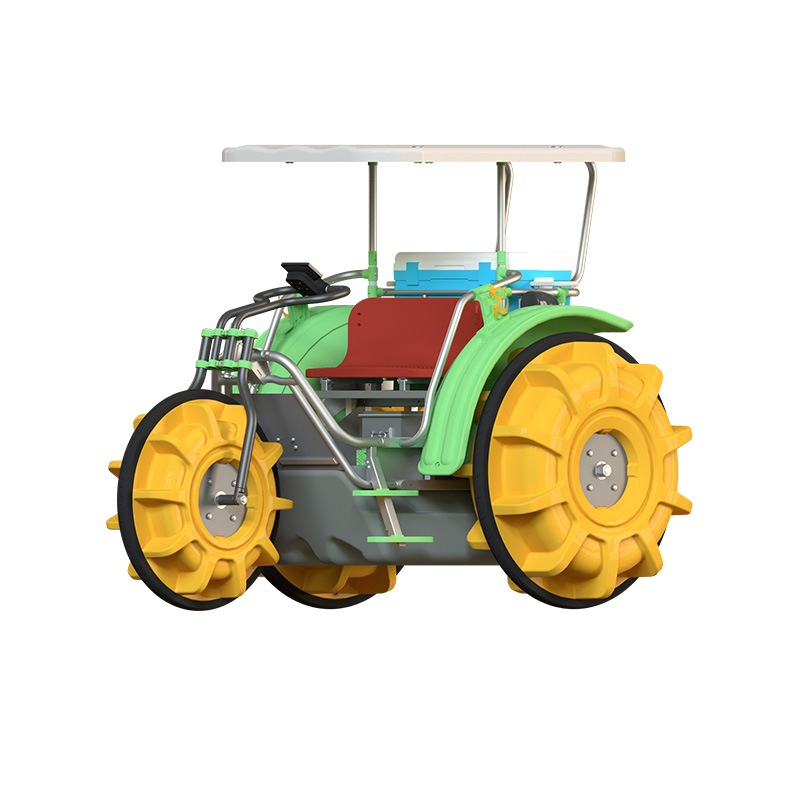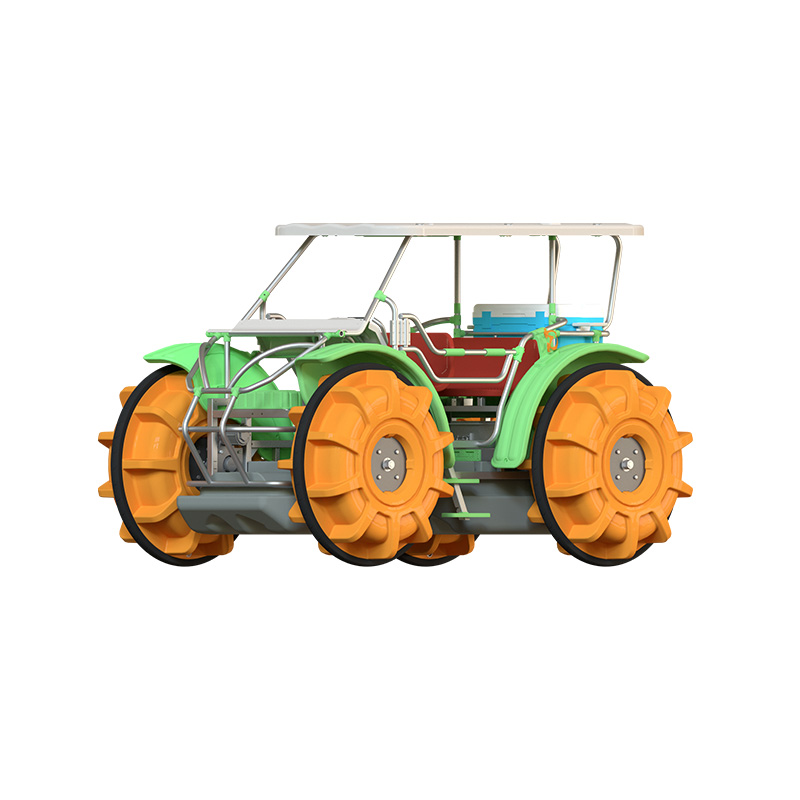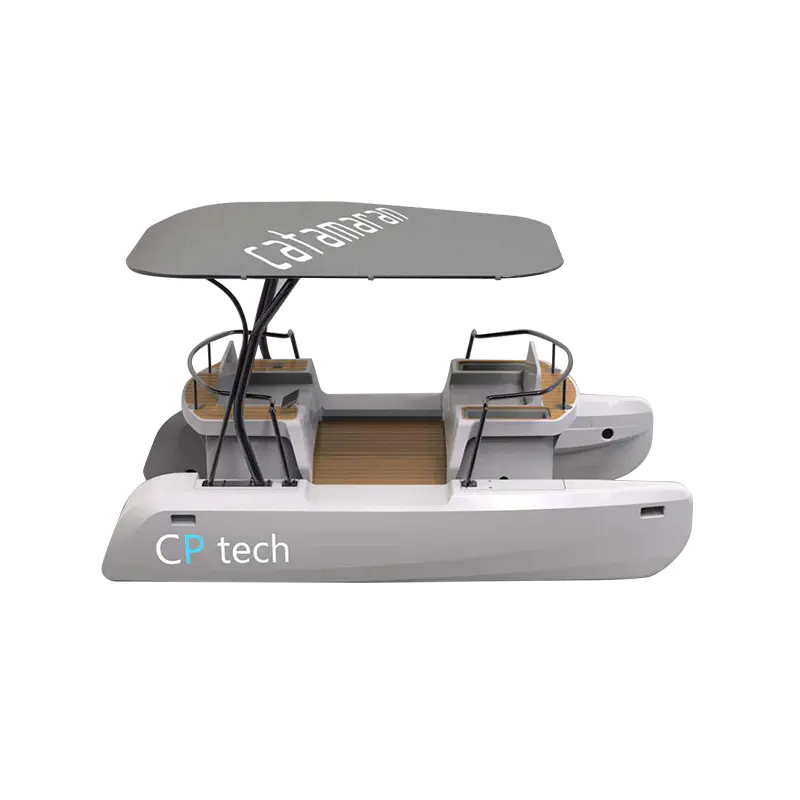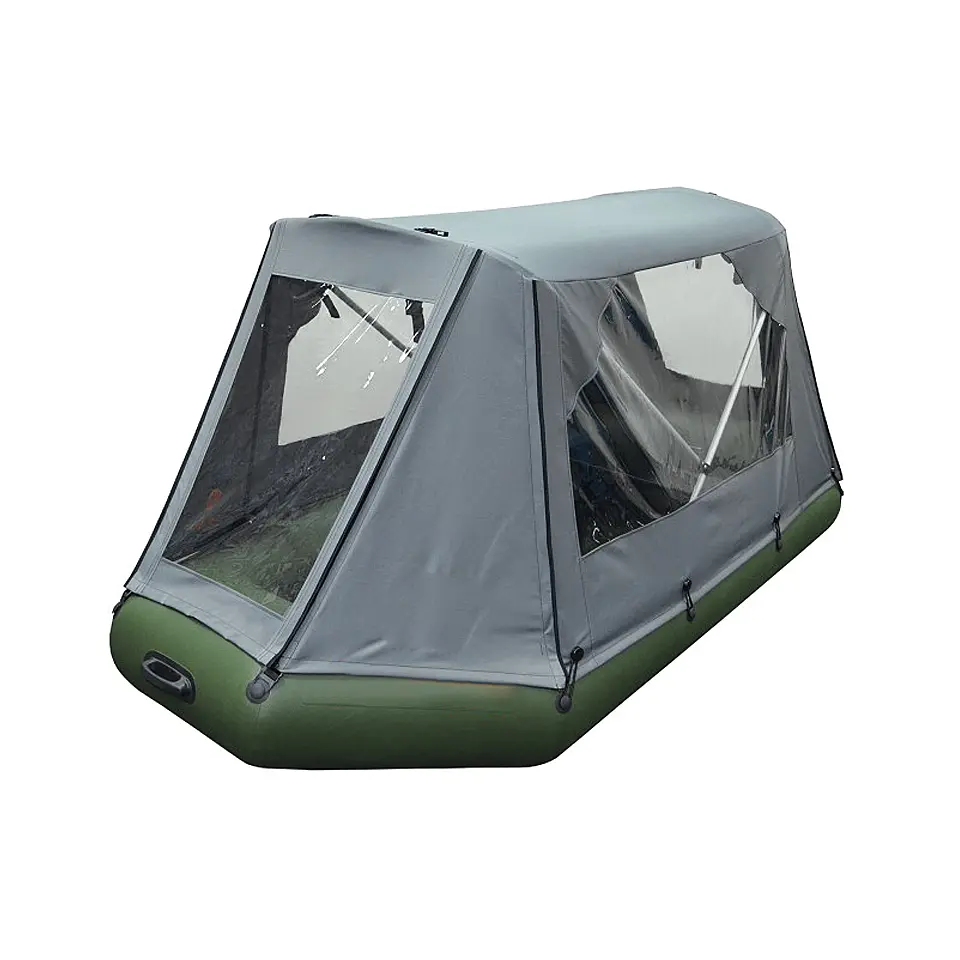Inflatable Boats with Electric Motors: Lightweight Versatility on the Water
2025-04-18
Inflatable boats with electric motors are growing in popularity among recreational boaters, anglers, and outdoor enthusiasts. These compact and portable boats combine convenience with an environmentally conscious approach to boating. Traditionally used for short excursions or as tenders for larger vessels, modern inflatable boats are now enhanced with electric propulsion systems that improve usability and efficiency.

One of the primary advantages of an inflatable boat is its portability. Most models can be deflated, packed, and easily stored or transported, making them an excellent choice for people with limited space. When paired with an electric motor, the setup becomes even more practical. Electric outboard motors are generally lightweight, quiet, and easy to operate, providing just enough power for calm lakes, bays, and inland waterways. This makes the inflatable boat ideal for fishing trips, leisure cruising, and nature exploration.
In terms of sustainability, electric motors offer a cleaner alternative to traditional gasoline engines. They produce zero emissions at the point of use and significantly reduce water and noise pollution. Many models also have the option to be powered by rechargeable batteries or solar energy, further supporting eco-conscious recreational boating.
From a cost perspective, inflatable boats with electric motors tend to be more affordable compared to rigid-hull boats with gas engines. Maintenance requirements are lower, as electric motors have fewer moving parts and do not require fuel or oil changes. Moreover, the learning curve for operating such systems is minimal, making them accessible even for beginners.
Electric Pleasure Boats: Sustainable Leisure on the Water
Electric pleasure boats represent a growing segment in the recreational marine industry, offering a cleaner, quieter, and more sustainable alternative to traditional fuel-powered watercraft. These boats are designed for leisure activities such as cruising, sightseeing, and casual outings, and are increasingly being embraced by private owners, tour operators, and eco-friendly resorts.
The primary appeal of electric pleasure boats lies in their quiet operation and minimal environmental impact. Unlike combustion engines, electric propulsion systems operate with virtually no noise or vibration, allowing passengers to enjoy the natural sounds of the water and surrounding environment. This enhances the overall boating experience, especially for those seeking relaxation and a closer connection to nature.
In addition to comfort, electric boats contribute to the preservation of marine ecosystems. They produce no exhaust fumes or oil discharge, helping to maintain water quality and protect aquatic life. With growing interest in sustainable travel and outdoor recreation, many regions and marine parks are actively encouraging or even requiring the use of electric boats within their boundaries.
Performance-wise, advances in battery technology have significantly improved the range and speed of electric pleasure boats. Modern lithium-ion batteries can provide several hours of cruising time on a single charge, with recharge options ranging from shore power to solar charging systems. While they may not match the high speeds of traditional boats, electric models are well-suited for slow to moderate cruising, which aligns well with their intended use.
Furthermore, the design of electric pleasure boats has evolved to include sleek aesthetics and user-friendly features such as touch controls, GPS navigation, and energy monitoring displays. These innovations make boating more enjoyable and accessible for a wide audience, including families and older users.

 English
English  русский
русский  عربى
عربى 









